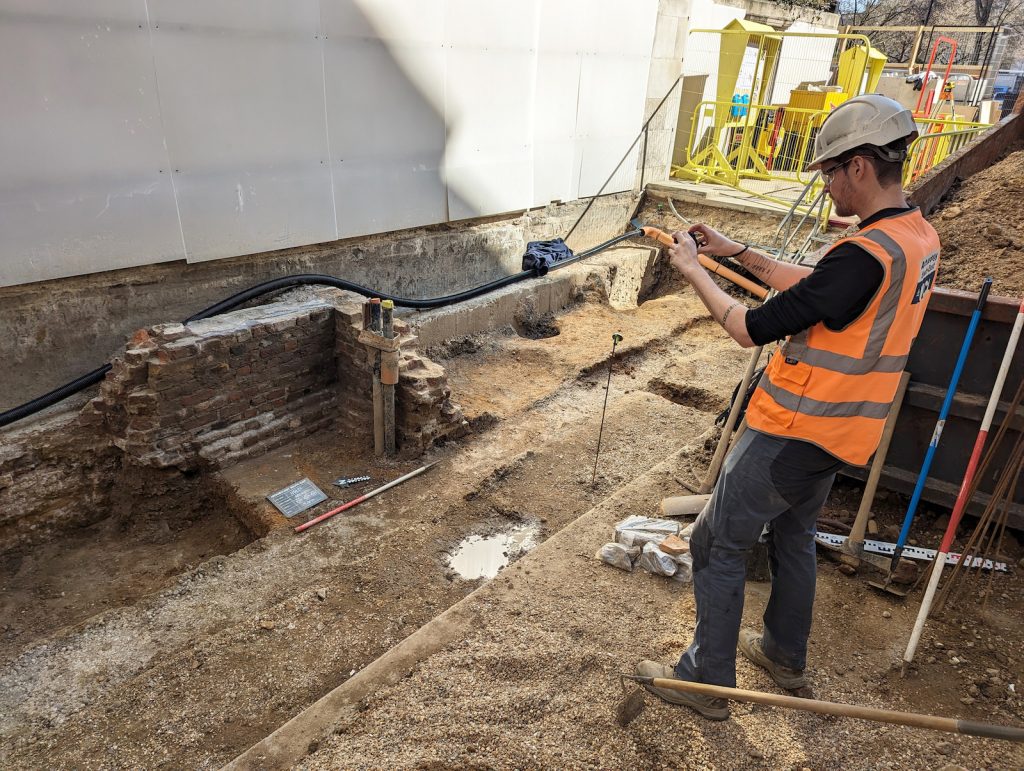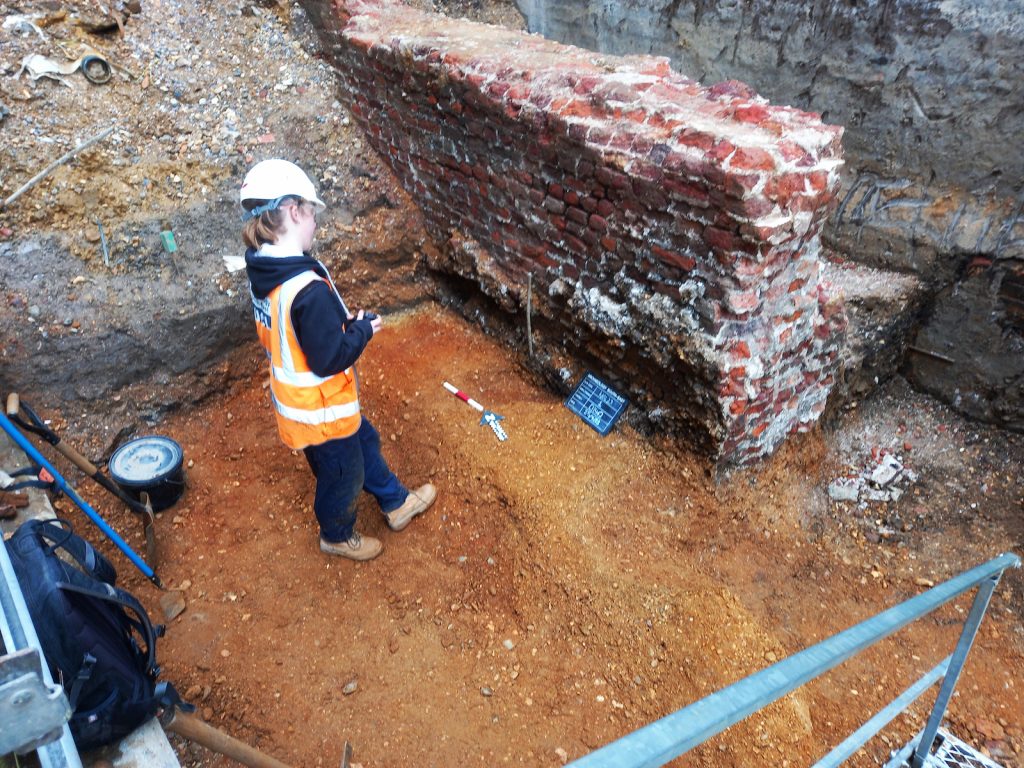Art World
Excavation Reveals Ancient Town Beneath London’s National Gallery
Evidence including a hearth from the 7th or 8th century was unearthed.

Evidence including a hearth from the 7th or 8th century was unearthed.

Artnet News

A Saxon town known as Lundenwic once stood where London’s National Gallery now stands, say experts from Archaeology South-East, part of the UCL Institute of Archaeology, who have found evidence including a hearth from the 7th or 8th century.
The findings result from excavations for Jubilee Walk, part of the National Gallery at the north end of Trafalgar Square. It proves that the urban center of Saxon-era London stretched farther west than previously realized.
“Excavating at the National Gallery was an incredible opportunity to investigate interesting archaeology and to be involved with some truly outstanding outreach, says Stephen White, senior archaeologist with Archaeology South-East. “The evidence we uncovered suggests the urban centre of Lundenwic extends further west than originally thought. This was made all the more exciting by having the chance to share that information, and how it relates to archaeology across London, with young people from this city.”

© Archaeology South-East/UCL
The walled Roman city of Londinium was abandoned in the 5th century. After the arrival of the Saxons, the town’s profile shifted west. It would come to be known as Lundenwic, a trading center with a waterfront.
“It’s an honour for the National Gallery to be part of a discovery like this, and it brings home to us how everything we are building and re-constructing as part of this project will be part of the fabric and history of London for centuries to come,” said Sarah Younger, director of the redevelopment project that resulted in the new findings.